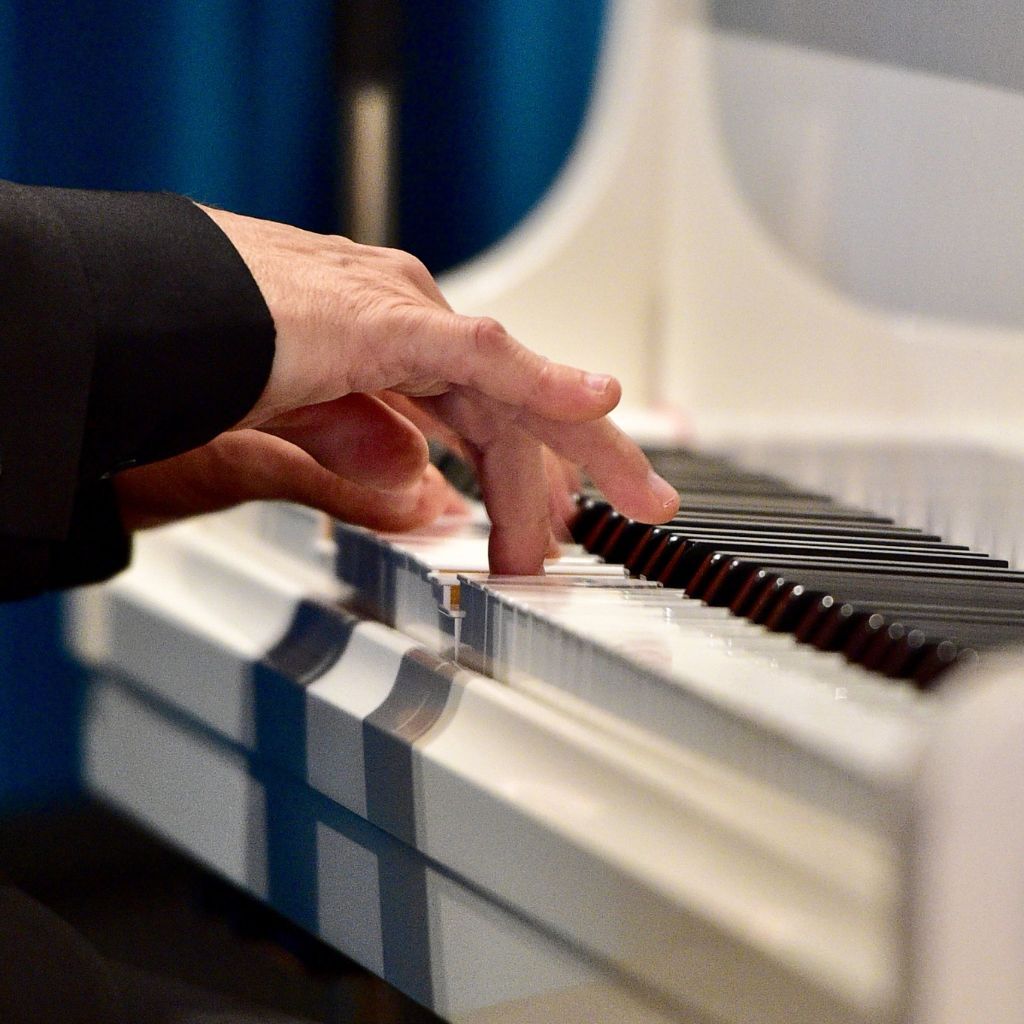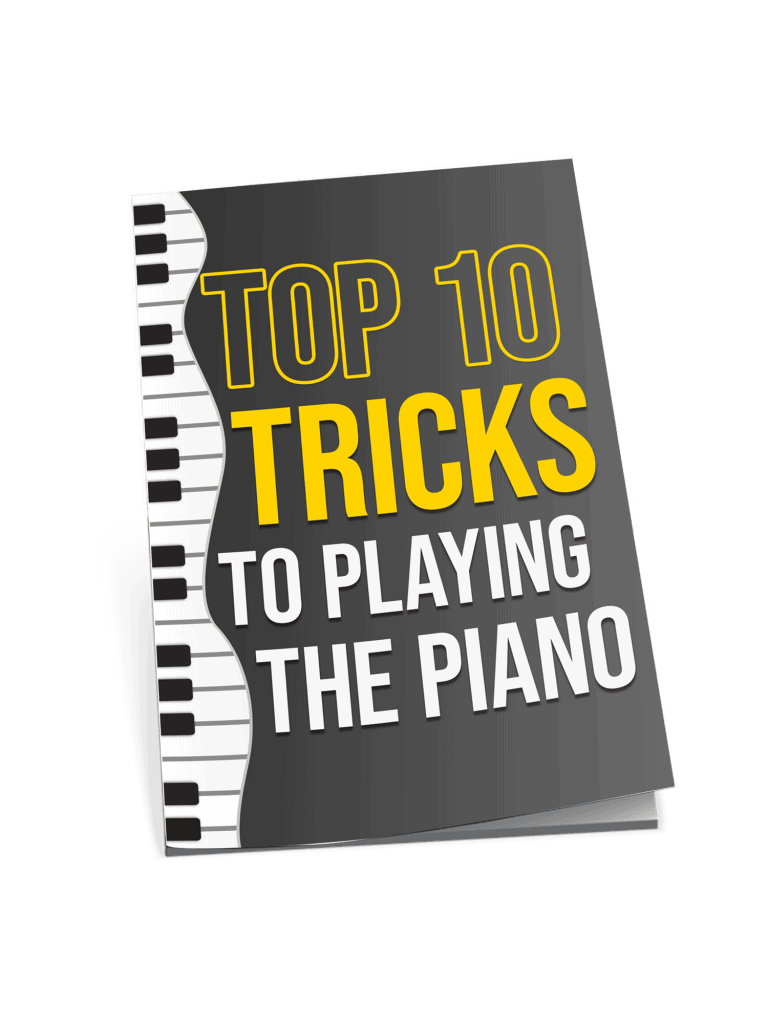Best
UPRIGHT PIANO
Acoustic Piano MODERN AND COMPACT
PIANO FOR STUDENTS
-
Overall:
Provides Bright And Modern Sound With
Full-Bodied Projection -
Best Feature: Compact Cabinet For Easy Installation At Home
-
TedScore™: 9/10
Best
GRAND PIANO
-
Overall: Built With A Classic Grand Piano Look In A Compact Size To Fit Into Most Home
-
Best Feature: The Tapered, Solid Spruce Soundboard Provides A Great Sound
-
TedScore™: 9/10
Best
DIGITAL PIANO
-
Overall: Authentic Keyboard Action Encourages Correct Technique
-
Best Feature: With An Extra Sleek Profile For A Modern Aesthetic And Added Portability
-
TedScore™: 8/10
When you sit in front of a piano, you’re not just looking at black-and-white keys—you’re gazing at a vast landscape of potential.
Before I became a professional pianist, I also experienced the overwhelming feeling of wanting to know how many octaves on a piano are there.
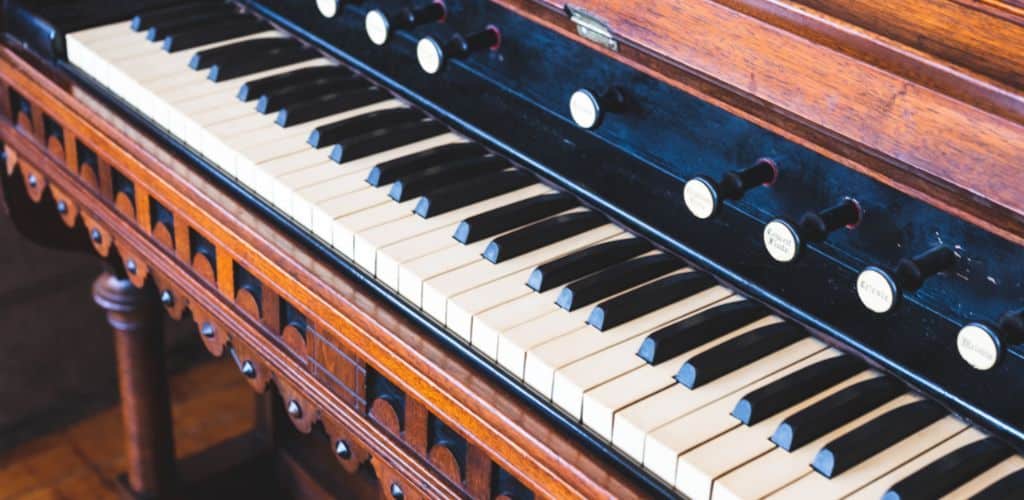
The first piano, invented by Bartolomeo Cristofori around 1700, had a four-octave range and marked the transition from harpsichords to this new instrument.
Given that all of the keys on a piano look the same, how will you know if there are only four octaves or only five octaves on it?
Well, to give you a head start, an octave is a set of eight notes. A standard piano has 88 keys, and that magic number unfolds into seven full octaves plus a minor third, from the lowest note to the highest.
These octaves are the building blocks of your piano-evolved musical architecture, where each pitch finds its unique spot.
Understanding Piano Octaves and Keys
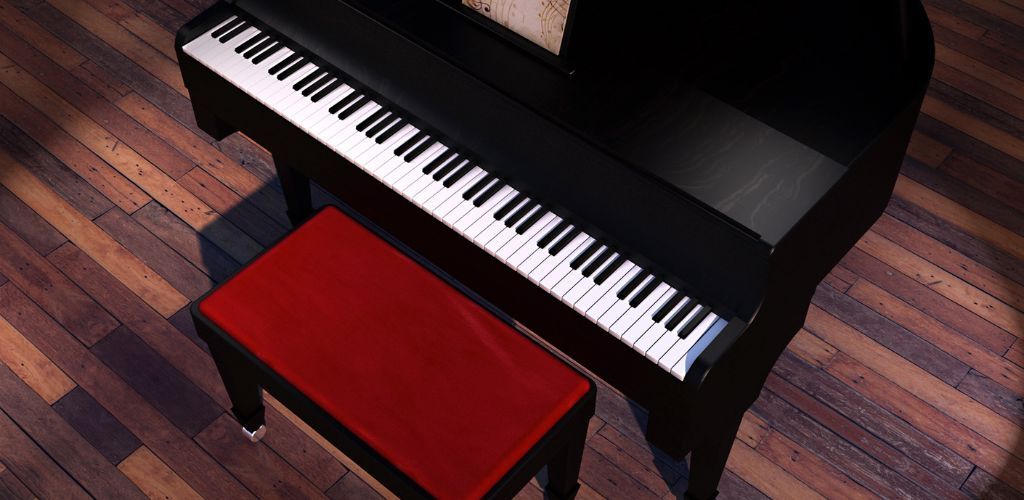
In the world of piano music, octaves and keys play starring roles. Let’s first try to understand how many keys there are and how important they are.
In classical music, the piano’s range of keys has significantly influenced the compositions of various composers, making the standard 88-key piano essential for playing most classical pieces effectively.
Overview of Octave and Key Distribution:
How Many Keys

On a standard piano, there are 88 keys to explore.
These include 52 white keys and 36 black keys, spanning seven full octaves plus a minor third, from A0 to C8.
The Importance of Octaves in Music Composition
Octaves ground the music structure, as composers like Beethoven an][d Debussy use them to build rich harmonies.
They give you the framework for creating scales and chords that underline every melody.
Key Differences Between Piano Types
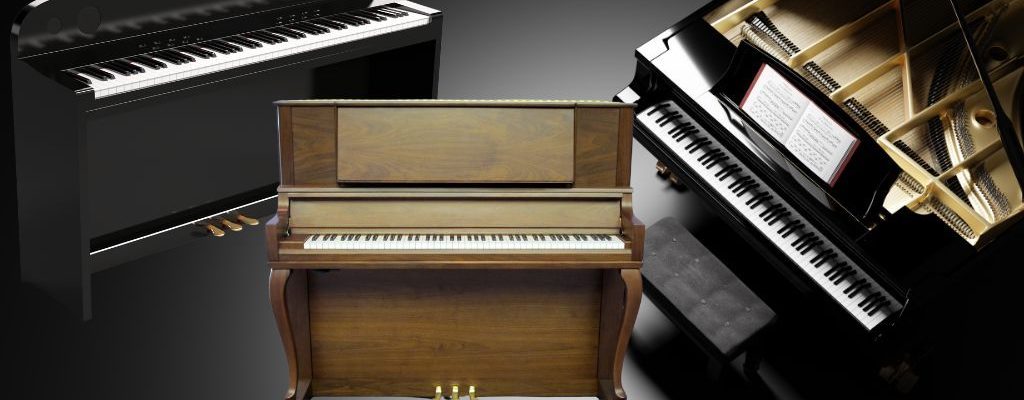
While a grand piano boasts more keys than a full-size keyboard, smaller pianos may have fewer keys and octaves.
Digital pianos and keyboards can vary in size but often mimic the 88-key standard.
Learning and Playing Piano Octaves
Octaves are fundamental building blocks for beginners and seasoned piano players.
Mastering the span of an octave with each hand is crucial to your piano playing technique.
Genres and Variations with Distinctive Use of Octaves
Octaves aren’t just black and white; they’re jazz, pop, and classical music’s secret spice.
The diverse use of genres can define a style, from Debussy’s floating tones to upbeat pop hooks.
Physical Aspects: Size and Reach
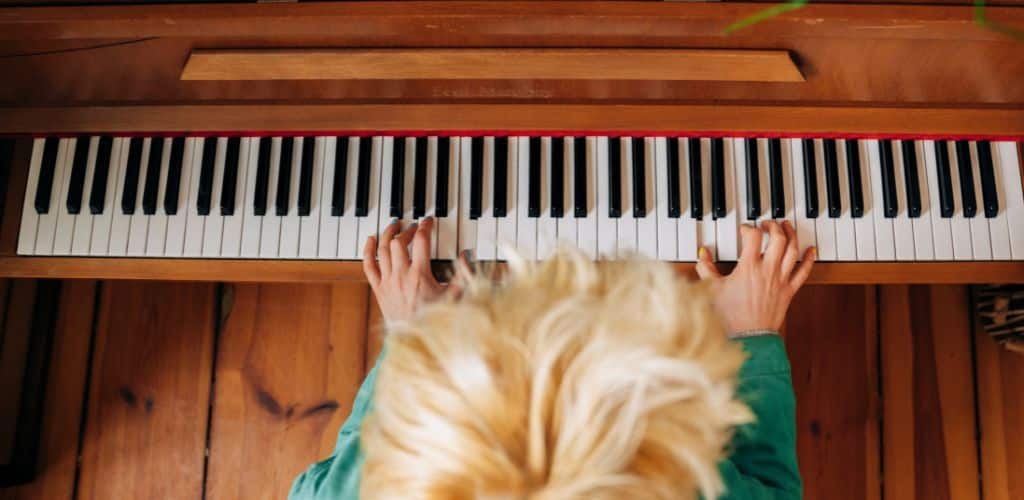
Your arms might stretch wide, but most piano makers and manufacturers consider size and reach.
That’s why piano sizes range dramatically, ensuring there’s a piano for every pair of hands.
The Evolution of Piano Range and Octaves
From Cristofori’s original harpsichord to the modern piano, the number of keys has grown.
Acoustic pianos have evolved significantly over time, with variations in key counts to meet the preferences and needs of composers and musicians across different eras.
The Bosendorfer Imperial Grand even throws you a curveball with extra keys and a nine-octave range.
Digital and Technological Enhancements
Welcome to the digital age, where pianos aren’t confined to hammers and strings!
MIDI, USB outputs, and improved sound quality bring the digital piano and the keyboard instrument an extra octave of opportunity to your fingertips.
Musical Terms Involving Octaves and Pitches
Let’s talk pitches and intervals!
It’s all about the distance between notes, where an octave is the interval between one musical pitch and another with double its frequency. The standard 88-key piano was designed to fit within the audible range of most humans, as sounds outside this range are challenging for the human ear to discern effectively.
Practical Tips for Mastering Octaves
Pianos Worth Recommending
With all the piano types and options out there, I’d like to recommend these three pianos. I have experienced playing them, and I can say they are worth checking out!
Kawai GL10 Acoustic Grand Piano
If you want a grand piano, I highly recommend the Kawai GL10 Acoustic Grand Piano.
It delivers a rich, resonant sound and a responsive touch, making it a joy to play and a stunning addition to any musical space.
Plus, its polished ebony design makes it look so posh!
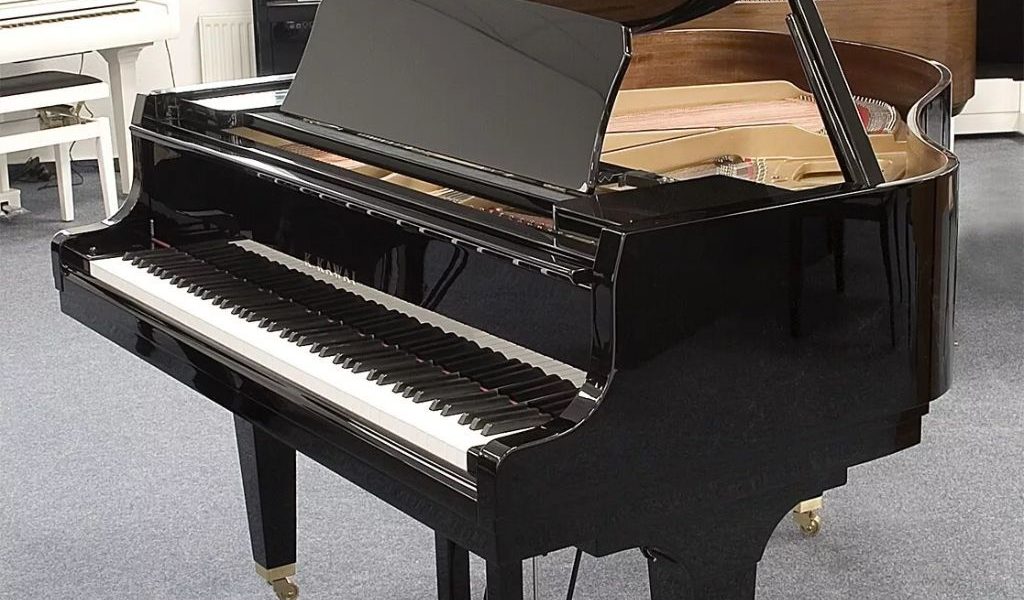
Kawai GL10 Acoustic
Grand Piano Polished Ebony

PERFECT FOR: Beginner and professional musicians
FEATURES: Built with a classic grand piano look in a compact size to fit into most homes
OTHER INFO: The tapered, solid spruce soundboard provides a great sound
Kawai GL10 Acoustic
Grand Piano Polished Ebony
- Available with brass or silver finishes
- Offers excellent value for money
- None!
When you click ‘Check Price’, you’ll see there are loads of great places to buy this item. Our personal favorite is Sweetwater for the US, and Thomann and Gear4Music for the UK & Europe.
They are the largest music retailers, with excellent customer service, competitive prices, really fast shipping, and the longest guarantees.
The professional musician who wrote this article combined many things,
from the product build, manufacturer’s reputation through to feedback
from other users, to create our famous TedScore™.
Yamaha B1 Upright Acoustic Piano
When it comes to an upright piano, I sooo love the Yamaha B1 Upright Acoustic Piano!
It offers a consistently impressive sound and reliable action that suits my daily practice and perfectly fits my home space.
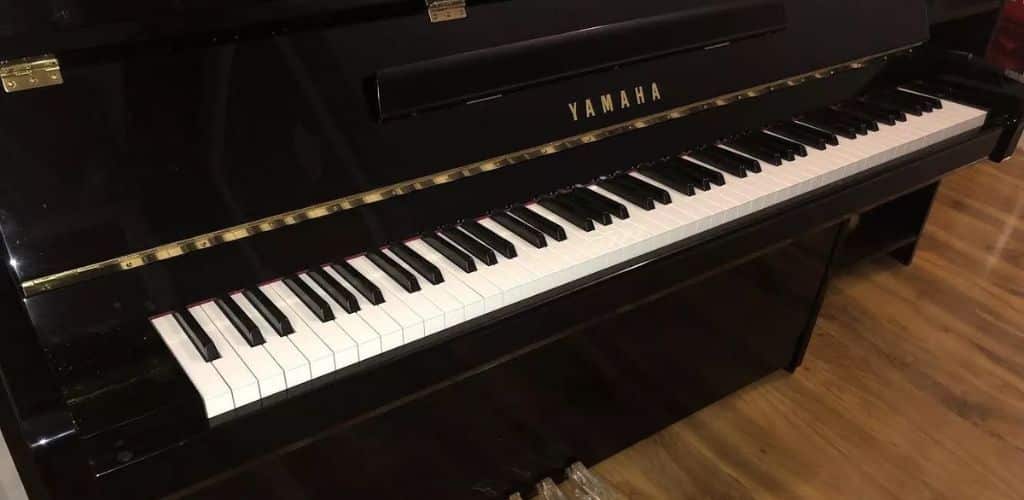
Yamaha B1 Upright Acoustic Piano, Natural Cherry Satin

PERFECT FOR: Student Musicians
FEATURES: Provides bright and modern sound with full-bodied projection
OTHER INFO: Compact cabinet for easy installation at home
Yamaha B1 Upright Acoustic Piano, Natural Cherry Satin
- Built with acrylic key tops for a comfortable feel
- Combines a modern and compact cabinet with a bright and contemporary sound
- Professionally crafted by the renowned company Yamaha
- None!
When you click ‘Check Price’, you’ll see there are loads of great places to buy this item. Our personal favorite is Sweetwater for the US, and Thomann and Gear4Music for the UK & Europe.
They are the largest music retailers, with excellent customer service, competitive prices, really fast shipping, and the longest guarantees.
The professional musician who wrote this article combined many things,
from the product build, manufacturer’s reputation through to feedback
from other users, to create our famous TedScore™.
Casio CDP S110 Digital Piano
I always recommend the Casio CDP S110 Digital Piano to my students because it is compact and lightweight, has a surprisingly authentic feel, and has great sound quality for its price range.
It really is an ideal piano for beginners and those with limited space!
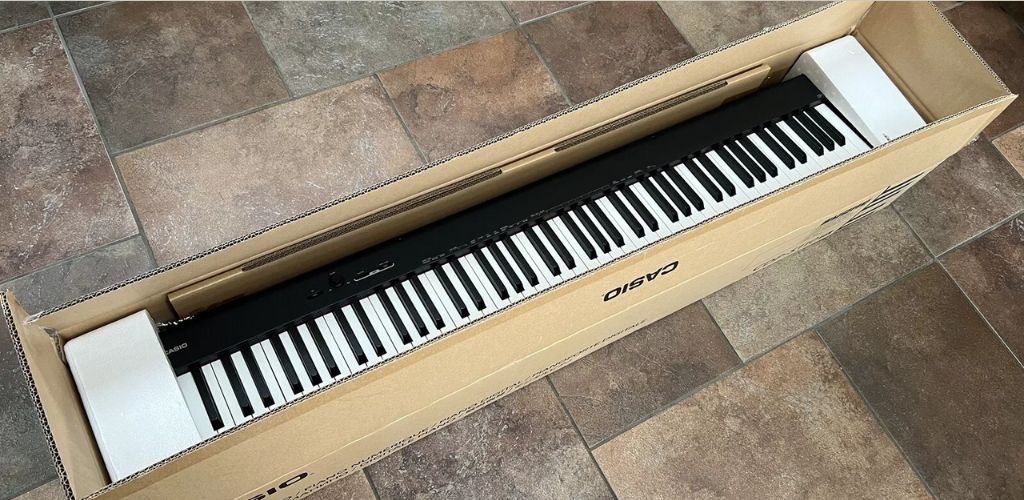
Casio CDP S110 Digital Piano
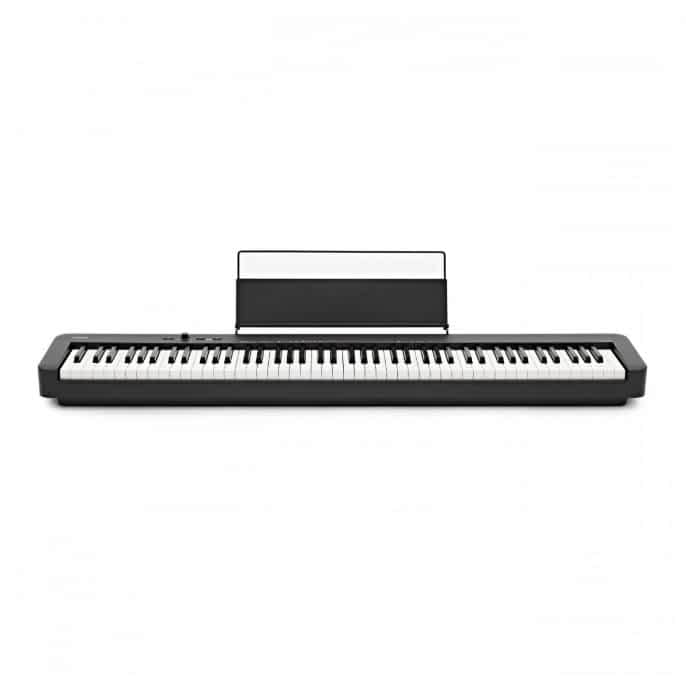
PERFECT FOR: Beginner to progressing players
FEATURES: Authentic keyboard action encourages correct technique
OTHER INFO: With an extra sleek profile for a modern aesthetic and added portability
Casio CDP S110 Digital Piano
- MIDI-enabled for a world of opportunities
- A great student instrument, ideal for taking you through your grades
- Can easily fit into any practice space
- Some more experienced players might find it a bit limited in terms of preset sounds
When you click ‘Check Price’, you’ll see there are loads of great places to buy this item. Our personal favorite is Sweetwater for the US, and Thomann and Gear4Music for the UK & Europe.
They are the largest music retailers, with excellent customer service, competitive prices, really fast shipping, and the longest guarantees.
The professional musician who wrote this article combined many things,
from the product build, manufacturer’s reputation through to feedback
from other users, to create our famous TedScore™.
How Many Octaves On A Piano:
Seven Is The Magic Number!
That’s right! Most modern pianos boast a range of 7 and a quarter octaves.
But hey, not all grand pianos are born equal. Some petite keyboards might feature fewer octaves, while grand concert pianos stick to that 88-key standard.
Your fingers dance through pitches, from the rumbling low notes to the screaming high notes, journeying through multiple octaves.
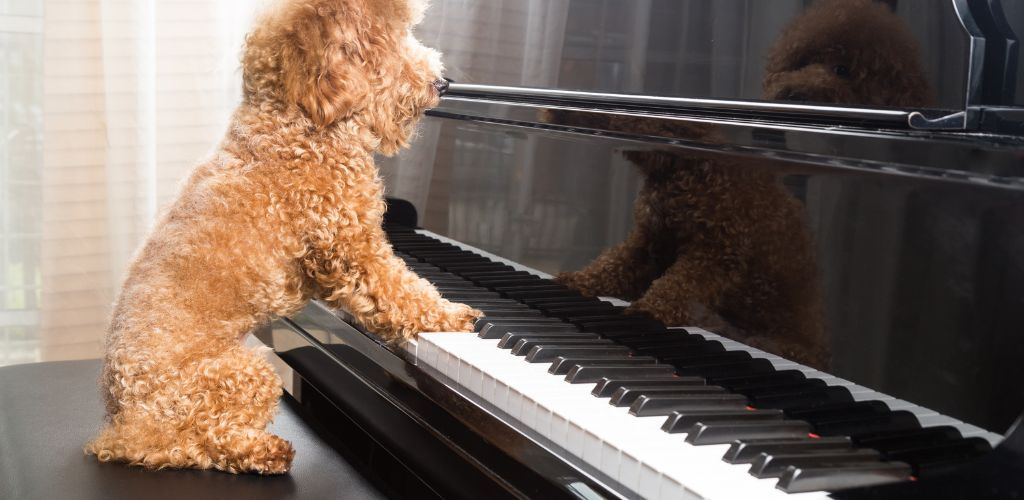
Each octave on a piano has 12 keys, including seven white and five black keys, which comprise the chromatic scale.
You’ll always find this pattern, no matter how many keys or octaves your piano has.
So, in summary, think of the keys on a piano as a delicious rainbow of sound. It has 52 white and 36 black keys and seven full octaves, creating harmonic heaven.
Just imagine the melodies you can create with such a range of octaves at your fingertips!
Wait! Before you go…
Choosing the right piano is as important as knowing how to play one. If you’re interested in buying one but don’t know how – this next article is for you. It’s a perfect buying guide to help you find your piano!
FAQ's
A full-sized piano typically has 88 keys, encompassing seven octaves plus a minor third, from A0 to C8. This wide range allows pianists to play a vast music repertoire across various genres.
A 5-octave piano can be sufficient for beginners, for practicing basic exercises, for piano lessons, and for playing a wide range of music that does not require the full range of a standard 88-key piano. However, as a player’s repertoire expands to include more complex pieces, the limitations of a 5-octave range may become apparent, necessitating an instrument with a greater range.
In piano terms, one octave refers to the interval between one musical note and another with double its frequency. On the keyboard, this spans eight white keys from one note to its next occurrence, such as from C to the next higher C. This pattern repeats across the keyboard, allowing pianists to play the same notes on many keys but at different pitches.
To count octaves on a piano, start with any note (for example, C) and count the white keys until you reach the next C, eight white piano keys away, including the starting note; this span is one octave. Repeat this process along the keyboard to count multiple octaves, starting from one C and ending on the next.




